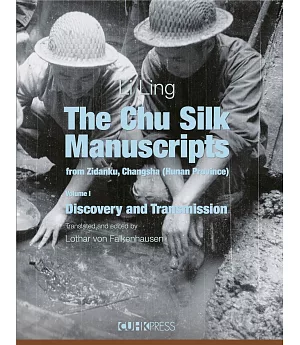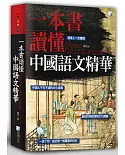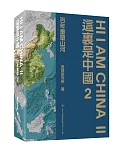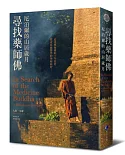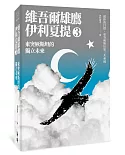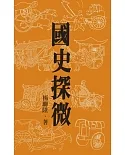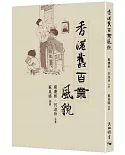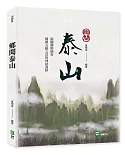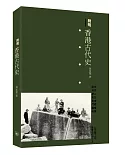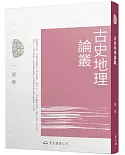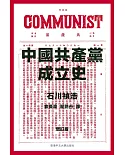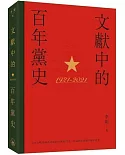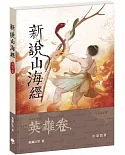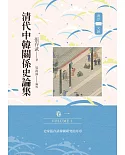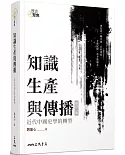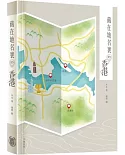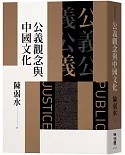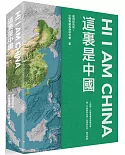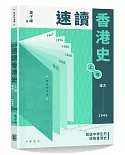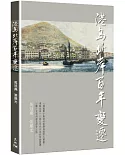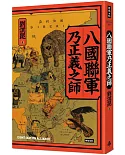The Silk Manuscripts from Zidanku, Changsha (Hunan), are the only pre-Imperial Chinese manuscripts on silk found to-date. Dating to the turn from the 4th to the 3rd centuries BC (Late Warring
States period), they contain several texts concerning basic cosmological concepts, including one manuscript (Manuscript 1) with a diagrammatic arrangement and surrounded by pictorial
illustrations. As such, they constitute a unique source of information complementing and going beyond what is known from transmitted texts.
This is the first in a two-volume monograph on the Zidanku manuscripts, reflecting almost four decades of research by Professor Li Ling of Peking University. While the philological study and
translation of the manuscript texts is the subject of Volume Two, this first volume presents the archaeological context and history of transmission of the physical manuscripts. It records how
they were taken from their original place of interment in the 1940s and taken to the United States in 1946; documents the early stages in the research on the finds from the Zidanku tomb and its
re-excavation in the 1970s; and accounts for where the manuscripts were kept before becoming the property, respectively, of the Arthur M. Sackler Foundation, New York (Manuscript 1), and the
Freer and Sackler Galleries, Smithsonian Institution (Manuscripts 2 and 3). Superseding previous efforts, this is the definitive account that will sets the record straight and establishes a new
basis for future research on these uniquely important artifacts.
好評推薦
“The Chu Silk Manuscripts from Zidanku, the oldest documents on silk with writing and images, are among the most exciting and enigmatic remnants from Chinese antiquity. Ever since their
discovery in 1942 and their transferal to the US in 1946 scholars have grappled with how to interpret them. This now is the authoritative study. It is the collaborative effort of Li Ling,
China’s foremost paleographer, and Lothar von Falkenhausen, the unrivalled expert on Chinese epigraphy in the US―a felicitous example of Sino-American cooperation.”―Lothar Ledderose
Senior Professor, Institute of East Asian Art History, Heidelberger Akademie der Wissenschaften
“The 1942 discovery of the Zidanku manuscript was a seminal event in the study of early Chinese paleography and religion. Now seventy years later, Li Ling’s definitive monograph unveils the
mysteries surrounding its discovery, transmission, preservation, and decipherment to an international audience. This volume compiles and assesses with immaculate accuracy and critical acumen
all extant relevant material that Li Ling uncovered during his over thirty-year pursuit for answers in and out of China among archaeologists, historians, paleographers, and conservation
scientists―a true model of interdisciplinary and international research, and an inspiration to all scholars in early China studies.”―Jenny F. So
Senior Curator for Early Chinese Art (1990–2000), Freer|Sackler Galleries, Smithsonian Institution
“This important book by Professor Li Ling is the result of a lifetime’s work of investigation into the Chu manuscripts from Zidanku, and recounts their fate from their discovery in the 1940s
up to today. Professor Lothar von Falkenhausen has generously put his expertise at the service of the translation of this monumental work, perfectly reflecting one of the most valuable
qualities of its author: his art of expressing the most difficult things simply and in a unique style in order to make them accessible to the greatest number of people.”―Marianne Bujard
École Pratique des Hautes Études, Paris
“Professor Li Ling’s splendid book offers to the Western public the first ever comprehensive monograph on the Chu Silk Manuscripts from Zidanku in Changsha (Hunan), including the
archaeological context of their discovery. This masterful research, to which he has devoted more than thirty years, is not only a minute investigation―the most extensive of its kind on the
famous manuscripts―but also a very valuable contribution to our understanding of the intellectual life of the Late Warring States period.”―Alain Thote
École Pratique des Hautes Études, Paris

